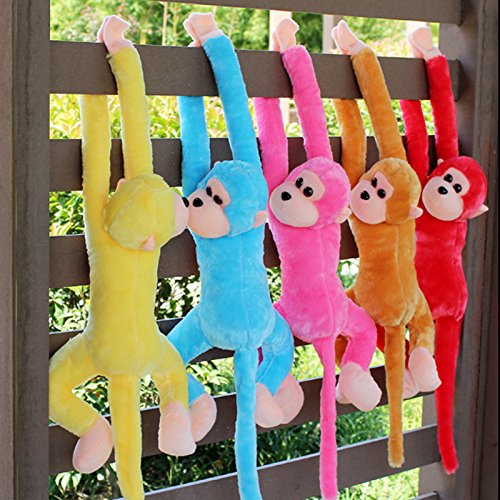Monday, March 17, 2025
Saturday, January 4, 2025
Using iconic or rhythmic notation, various voices, elemental forms, movement, non-pitched percussion, barred percussion, movement, and improvisation, this is a "kitchen sink" lesson using everything in the classroom you CHOOSE to use. You can use this with your first graders to upper elementary, varying the complexity included in the lesson. You can get the full slide set with all of the visuals on my Patreon community. Add your favorite book about winter and voila! A lesson with no prep!
Enjoy!
Thursday, October 10, 2024
If You Find a Leaf
Tuesday, October 11, 2022
Pass the Pumpkin *Updated!
Pass the Pumpkin is a fall favorite and I have remade the slides in google slides with some small tweaks to the visuals and the directions.
Click this link for the google slides - please know this will force you to make a copy.
Enjoy!
Monday, September 26, 2022
Repetition and PLAY in the Music Classroom
Hi friends,
Hope you are doing well.
Let's talk repetition in the music classroom today!
True, right? Why is that? When new things are introduced, there is often a sense of wonder as their brains make sense of the new information.
- Helps language development.
- Ensures emotional comfort (predictability).
- Assists in concept attainment as they learn something new each time.
- Feeling of mastery improves self-confidence.
- Improves children's abilities to plan and organize.
- Assists in children's emotional regulation and helps them get along with others.
- Helps with language, math and social skills.
- Helps children cope with stress.
Sunday, June 19, 2022
Hike by Pete Oswald
Hike by Pete Oswald (of The Good Egg and The Bad Seed fame) is a beautiful (almost) wordless picture book.
Follow a Dad and son into the mountains as they witness the magic of the wilderness, overcome challenges, and plant a tree to give back to the forest. This beautiful book is full of possibilities for movement and vocal and barred instrument exploration (images that move down or up, small and large trees, mountain peaks, hills and of course those beautiful winding trails). Or, have small groups create movement tableaus for different pages or create 2-beat building bricks about what the father and son are doing or seeing.
Perfect for back to school talks about summer trips or for Earth Day.
This would work well with Trees 'Round the Earth from my new book, Singing Waters, Dancing Flames published by Beatin Path Publications.
Another great tie in would be the beautiful canon, This Pretty Planet.
Friday, April 23, 2021
Leroy Anderson's The Typewriter
One of my most favorite pieces of symphonic music is The Typewriter by Leroy Anderson. I love much of what he wrote!
Click here to get the Typewriter Listening Glyph on google slide. This will force you to make a copy.
We will be using plastic bottle caps on a hard surface and sliding the caps on the yellow arrows. The bell will be played by me or a chosen student on my desk bell. The black "splat" is really a placeholder and does not signify something to be played.
I love this recording- there are many!
Enjoy!
Wednesday, November 13, 2019
Pairing Partners without Pain

1. Expect Some Bumps
2. Self -Selecting Partners
3. Buddy Basket

4. The Beauty of Rock/Paper/Scissors
5. Use a Rhyme to Switch Between Partners

Friday, March 8, 2019
Carnival of the Animals
If you would like the full 23 page pdf, send me an email - musicquilt@hotmail.com.
Happy listening!

















































